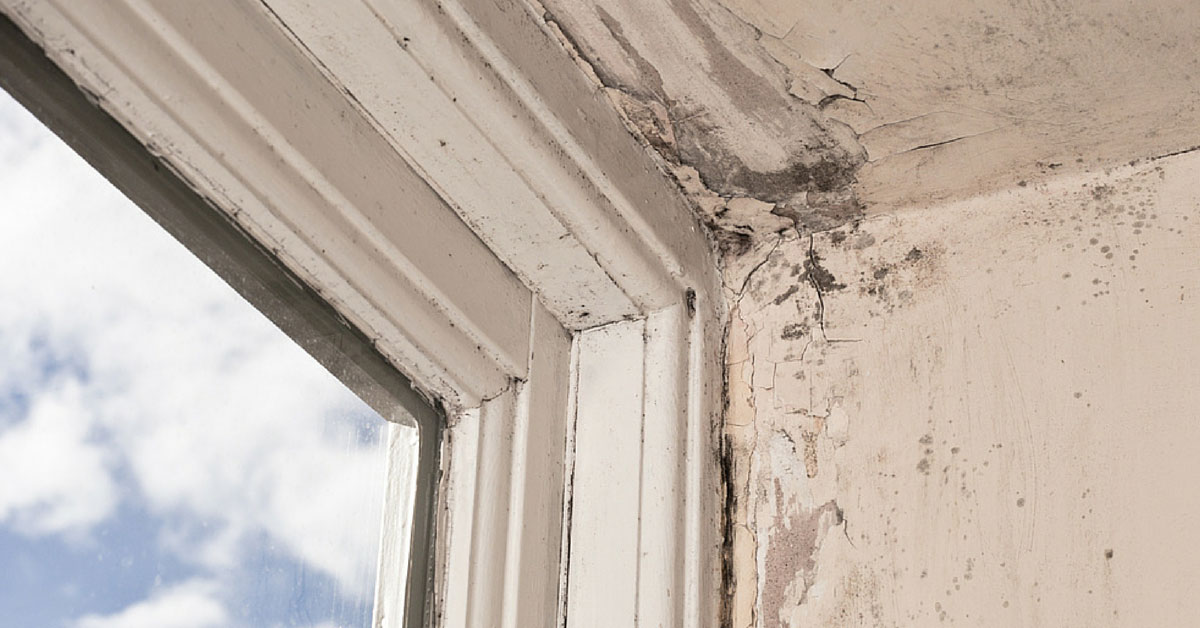
Mold can appear in places where you least expect it, and inspecting your apartment for mold can often uncover a serious problem. The first step is knowing the signs of mold growth and understanding how to deal with it.
Inspecting Your Apartment for Mold
In many cases, you can detect mold with a simple visual inspection. Unfortunately, mold often grows in sheltered areas that are not easily accessible. Mold is often the result of leaks, water damage or poor ventilation. Health Canada recommends looking for these common signs:
- Stains and discolorations due to moisture – These may appear on floors, ceilings, walls, windows, carpets and upholstery.
- Noticeable odor – The smell of mold can be described as musty or earthy. If you smell mold in your apartment, that’s a sure sign that you have a problem.
Mold thrives in dark, damp spaces with poor ventilation. Common locations include bathrooms, attics, crawl spaces, poorly ventilated bathrooms, inside cupboards and around plumbing fixtures and pipes. It can also grow inside walls and above ceiling tiles.
Dealing With Mold
If you discover mold, you have a few options. When mold appears in small amounts in specific areas, it is fairly easy to remove. Simply clean the moldy surface with water and detergent. It is also important to make sure the underlying cause, which could be water damage or excessive humidity, is fixed.
If you live in an apartment that has a serious mold problem, or if mold continues to reappear due to underlying causes, it may be your landlord’s responsibility to deal with the mold, fix the underlying problem and make any repairs necessary. Specific regulations depend on where you live. InspectAPedia provides an excellent resource for deciding how to deal with mold.
Are You in Need of Professional Mold Inspection for Apartments?
If you need a mold problem dealt with quickly, or you suspect a mold problem but are unable to locate it on your own, you may have to seek professional mold inspection. At Assurance Environmental, we use advanced techniques to test your air for mold spores, collect samples, determine the severity of the problem, and help you decide how to proceed. Contact us today for more information.












